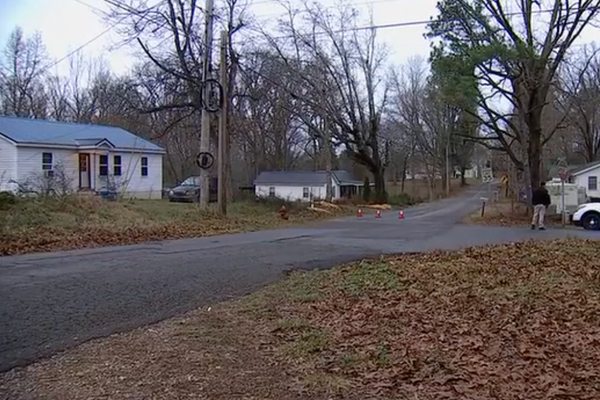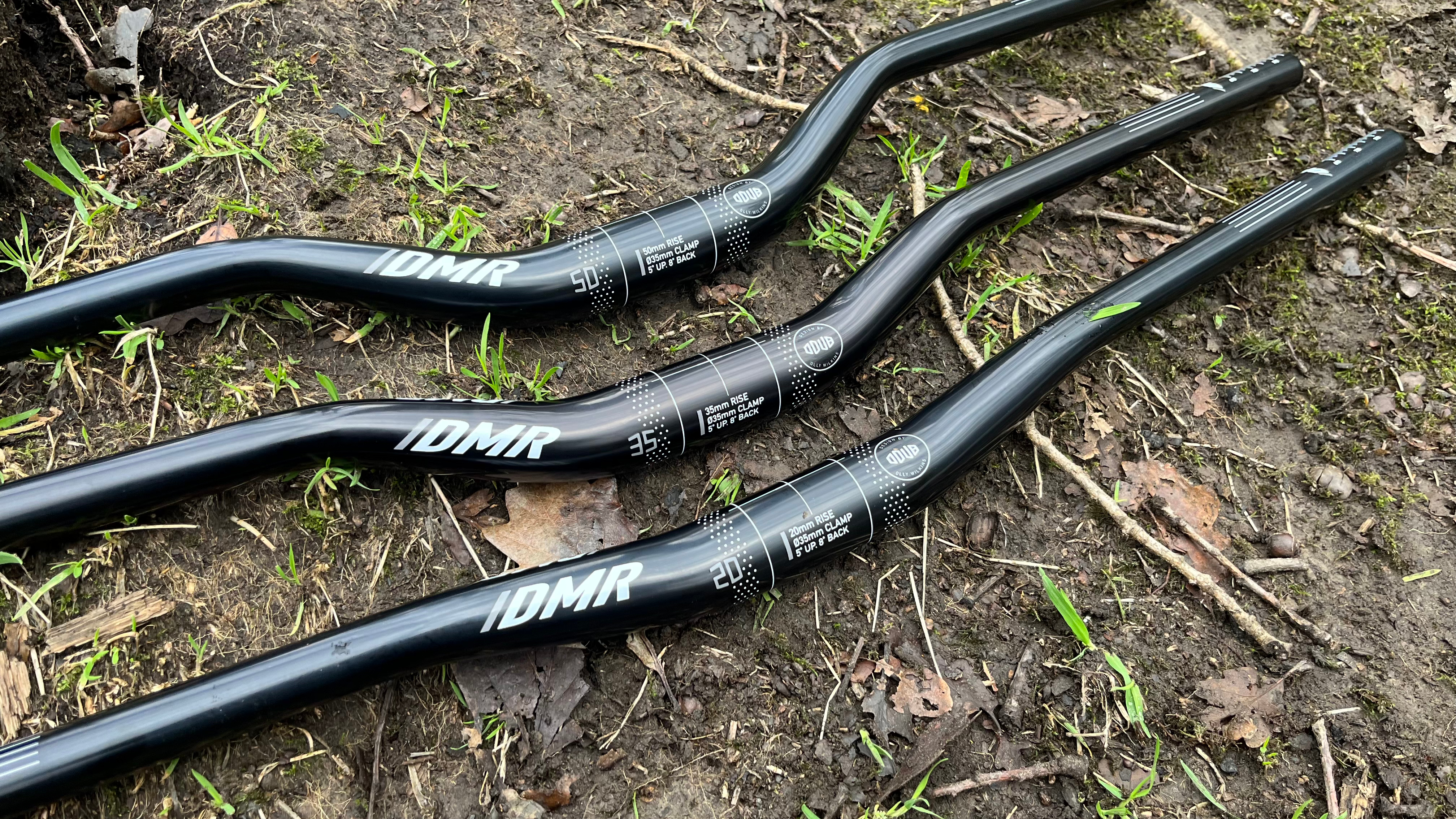
You may have been running your MTB handlebars set up wrong and have since checked out some of the best MTB handlebars, but what difference does changing the height of your bars make to how your bike rides and feels?
There is a huge range of variables when it comes to bars and how you set them up, with a bewildering range of widths, sweeps, and heights. That got me wondering how much difference opting for bars with a different rise would make to how my bike feels on the trail.
Low, medium and high rises
To see if changing the bar height made a discernible difference to my regular ride, I've decided to use the Odub bar from DMR, which is similar to the no-nonsense DMR Wingbar 4 we have tested previously but with spiral internal butting to increase the strength without adding much weight. It's a bar I've used before, and I have found the 800mm stock width with 5-degree upsweep and 8-degree backsweep a good fit for me on my Focus Jam 8.9 trail bike, and handily, the Odub comes in three different heights of 20mm, 35mm, and a high rise 50mm version.
The height or rise refers to the amount of height increase from the center of the stem. So, a flat bar would have zero rise, and a 20mm bar would rise by 20mm from the center of the bar to the grips.
Bar rise vs spacers
You may be thinking that simply using more spacers under your stem gives the same result as changing your handlebar to one with more rise. Surely, adding 20mm gives the same result as using a 20mm riser bar? Well, unfortunately, it’s not quite as simple as that.
Your steerer tube is at an angle which means the stem moves towards you the higher it gets as you add spacers. For example, on a bike with a 65-degree head angle, for every 10mm of spacer added, the stem moves 9.06mm upwards but also 4.22mm closer to you. However, a handlebar with a 20mm rise is exactly 20mm higher than one with zero rise and of course, swapping bars doesn’t affect the stem position.
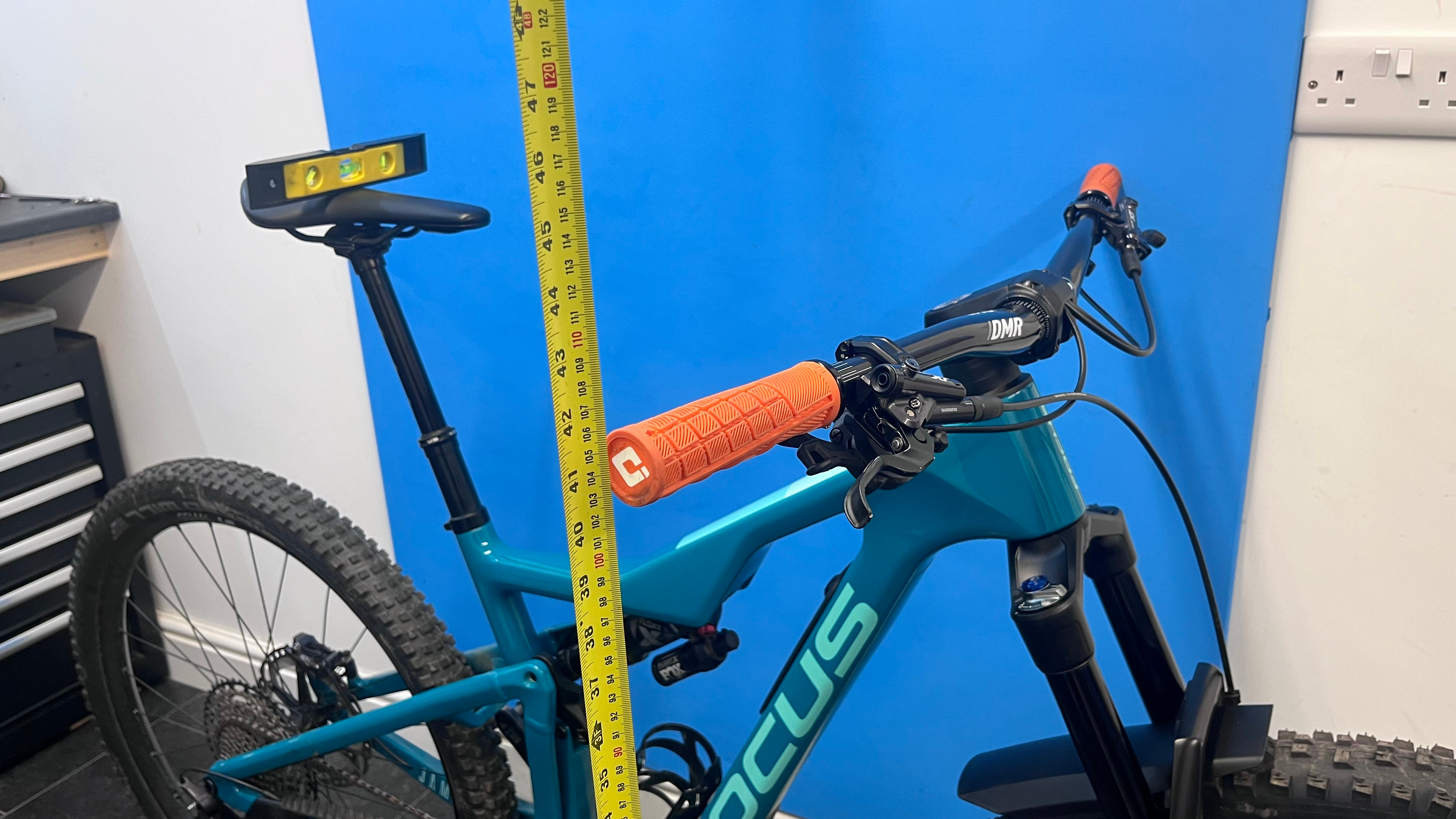
How I measured different setups
A useful measurement when comparing bar heights is the saddle-to-handlebar drop – which is the difference in height between the tip of your saddle (at it’s highest riding position) and the handlebar grips. It gives a good point to test when comparing bike setups, but it can be difficult to measure accurately in the real world.
As I'm comparing different bar heights on the same bike setup, I will use the simpler and easier for the home mechanic method of measuring the differences by taking a fixed measurement from the floor to the center of the grip.
I thought it might be interesting to measure the weight on the front wheel to see if the changes made any difference to the force my body position puts on the front end. I set up a simple test by sitting on the saddle in the raised position and measuring the weight using some bathroom scales to see if there were any differences in force put on the front wheel. Though the fully raised saddle position isn't how I would usually attack a technical section, my far-from-scientific test might give some numbers and context to subjective differences on the trail.
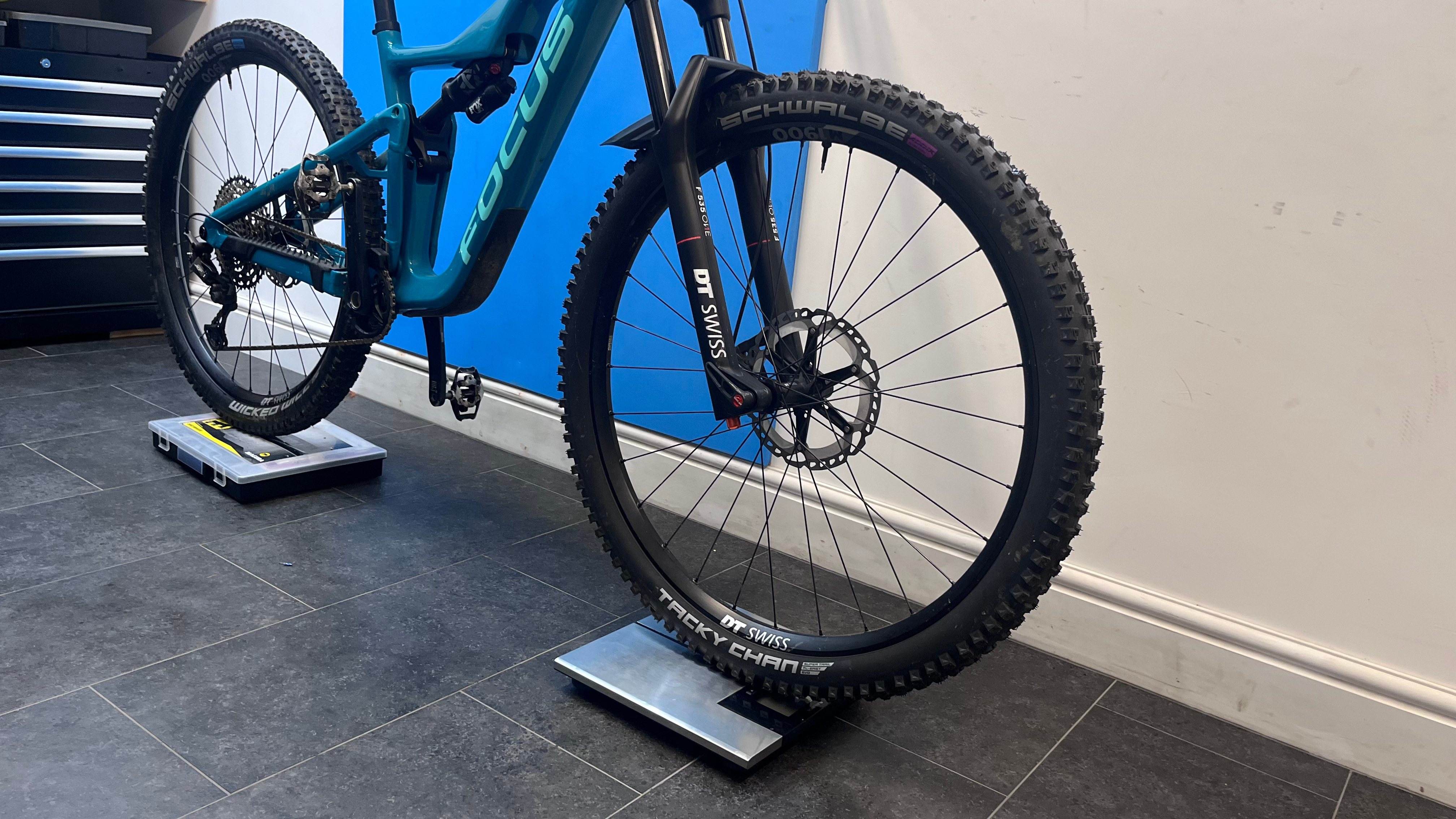
What works for the pros?
There are no strict rules for bar heights, though there are a few trends and general consensus on a few ideas. Your fit or position on a bike is far more dynamic on a mountain bike than it would be on a road or gravel model (where you stay seated for most of the time), so it stands to reason your stance should be different, too. Your suspension also plays a big part in how your bike interacts with you, so that also needs to be taken into account.
I spoke to Olly Wilkins, Focus and DMR pro rider and designer of the Odub handlebar, and asked him what rise he goes for and if he always uses the same height every time. He answered. “The three rise options cover everything I need. The high rise 50mm works perfectly on my dirt jump bike, the 35mm rise on my everyday 150mm trail bike, and the 20mm I use on my e-MTB.”
So, what's the reasoning behind using different heights? Let's explore why a different position is used for different types of riding.
Different heights for different disciplines
XC racers and riders often go for a low-rise or flat bar. This gives a lower position that helps keep the front wheel weighted on steep climbs and makes it feel more direct in corners. This also benefits those on an e-MTB who love to attack technical uphills. Some shorter riders even go for a bar with a negative rise as a 29er front wheel raises the front end considerably compared to older 26-inch designs, can feel too tall, and makes it difficult for some riders to weigh the front end sufficiently.
A higher-rise bar puts you in a more trail-friendly position, with a more relaxed position with your head up and better centralization of your weight on the bike. This helps on steeper trails by moving your weight back and making it easier to look further up the trail, enhancing your ability to see and react to obstacles.
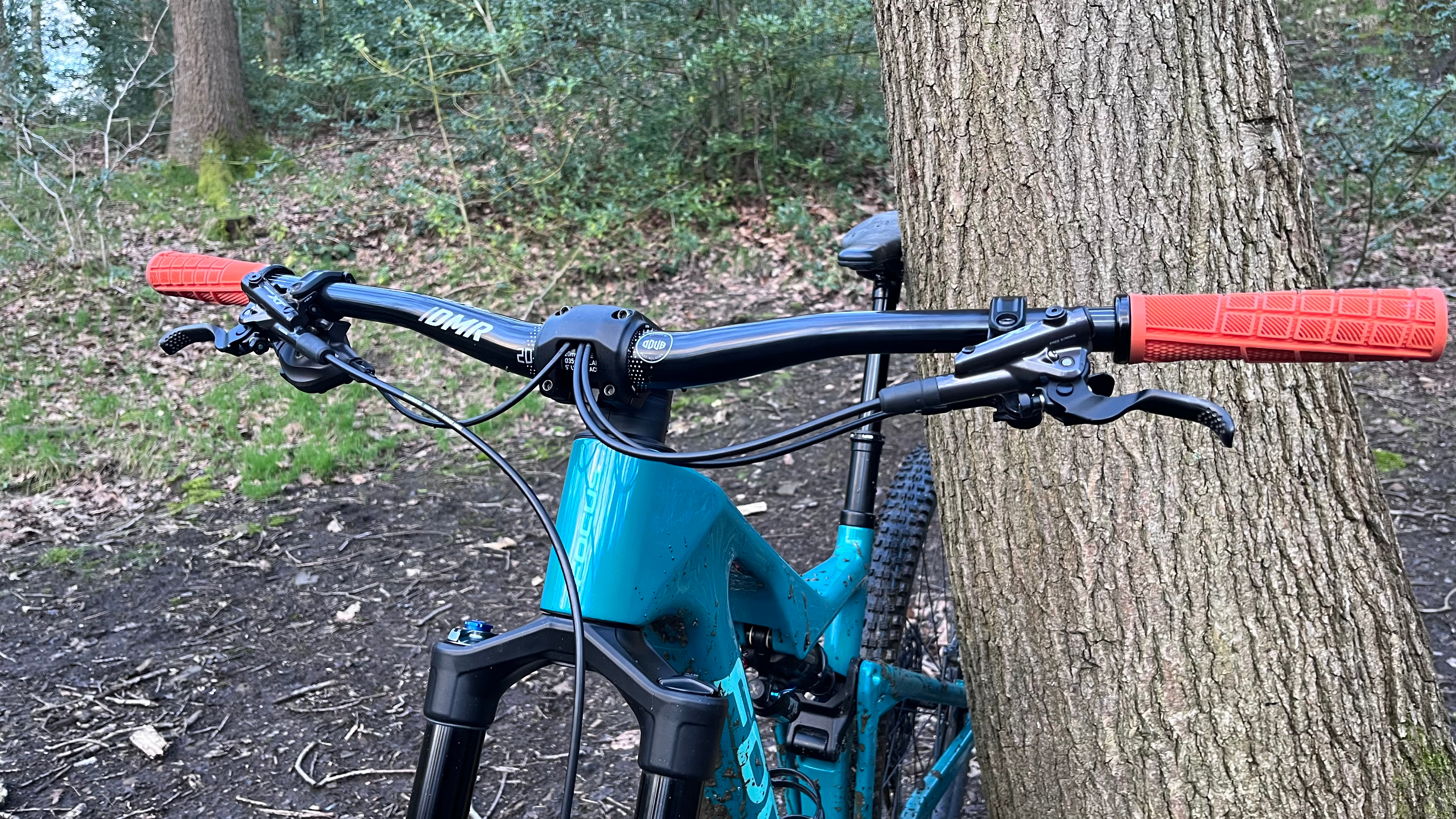
The low-rise bar
I fitted the 20mm rise handlebar first. I had taken a Race Face 35mm riser bar off, so the change of bars lowered the position of my ODI Reflex grips by 10mm to 1,045mm – from the floor to the center of the end of the handlebar grip. On my simple scale setup, the reading from the front end was 32.4kg which gives me a benchmark to compare the other setups too. Though 10mm lower isn't much in the grand scheme of things, it did make a surprising difference in how the bike felt. The lower position felt more poised and sharpened up the steering response, which was noticeable when making changes in direction. This could be a placebo or a natural bias, as I prefer riding bikes towards the XC end of the spectrum, but it was still surprising given the marginal change in only one parameter.

The middle and high-rise options
As my original bars had 35mm of rise, there was no difference from my original setup when fitting the 35mm Obub handlebars. The Odub model is 35g lighter than the Race Face bar I removed, but that's not really enough of a difference to make it noticeable on the trail for me.
The 50mm rise option though, made a marked change to not only my position on the bike but also how the bike felt. The 20mm increase in bar height measured 1,075 mm from the floor and came in at 31.8kg on the scales, a reduction of 600g. Though not a true scientific test, the small difference does match up with the common perception of a higher front end, giving you less pressure or weight over the front wheel.
The resulting slower handling and more upright riding position made my Focus Jam test bike feel more playful. The slowed handling made it feel more capable on steep technical sections. The calmer feel increased front end predictability, and having my body weight and center of gravity slightly further back also made lifting the front wheel for manuals or pre-jumping sections easier. Though only 30mm higher, I felt much less likely to have an over-the-bar moment and found it easier to keep my weight behind the front axle on really testing terrain. It also felt less of a stretch to the bars, giving me a more pronounced bend in my elbows, which felt like it gave me a stronger position to muscle the bike in and out of corners.
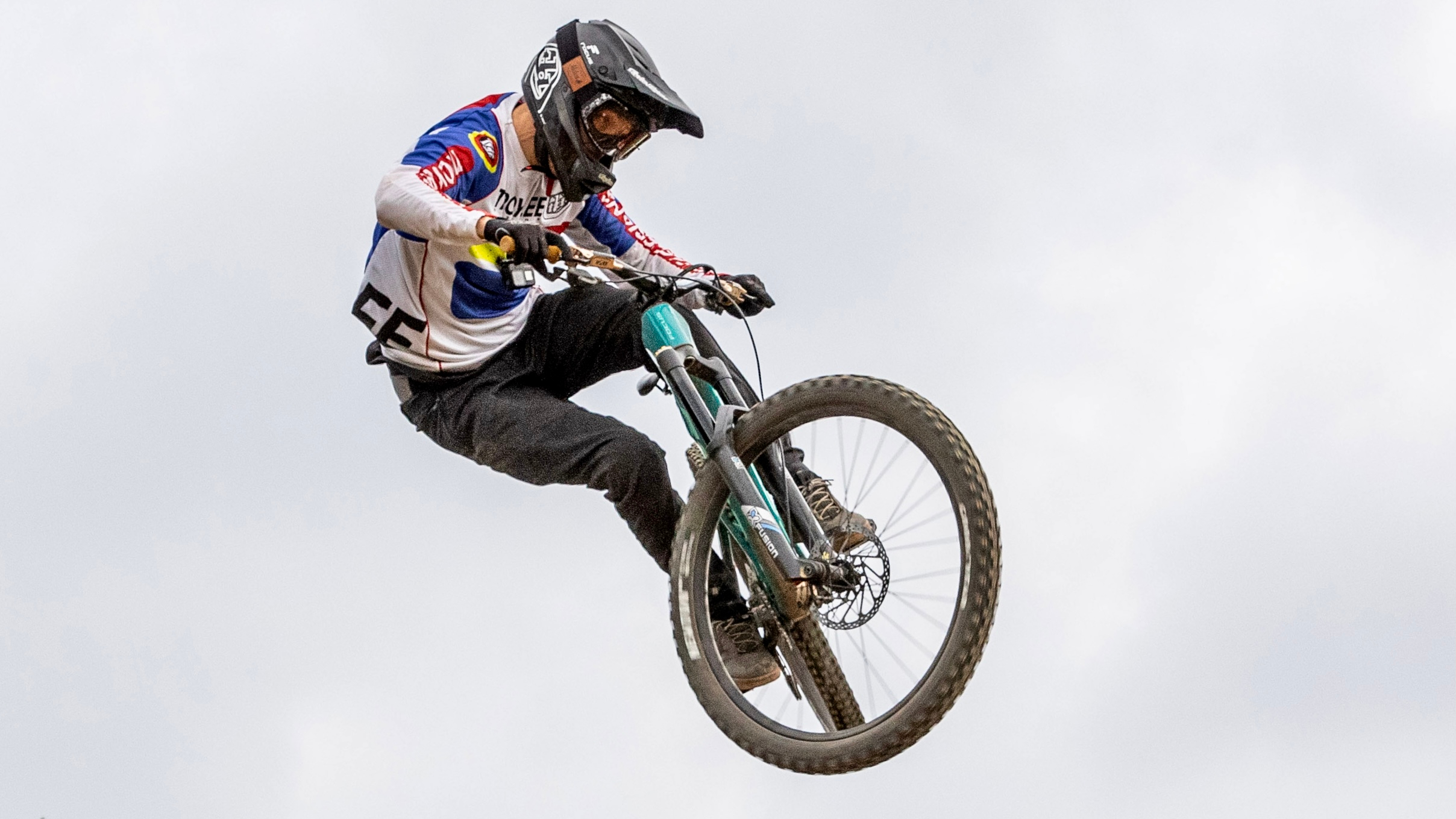
The verdict
So, does changing the bar height make any difference to how a bike rides? Yes, it does, and getting the right bar rise for you will make a significant positive difference to how your bike feels. My trail bike is fun but not hugely progressive, and it surprised me just how much difference the bar height made to how the bike felt in certain situations.
If you want to make your trail bike feel a bit sharper or you enjoy attacking technical climbs, a lower bar would be a good idea. If you want to increase your bike's smile-per-mile value and fancy yourself as the next Olly Wilkins or Josh Bryceland, then a high-rise bar could be just the ticket. It won’t mean you'll be jibbing and schralping straight away though, but it will definitely give your bike a more playful feel. Depending on which handlebar model you choose, switching bar heights is a cost-effective and easy to fit change that provides tangible real-world benefits.



